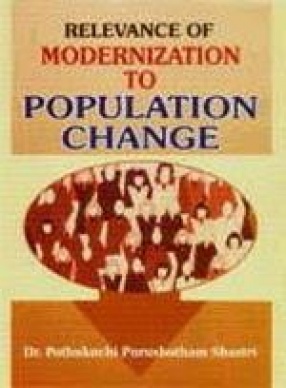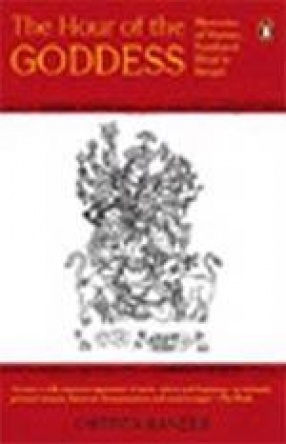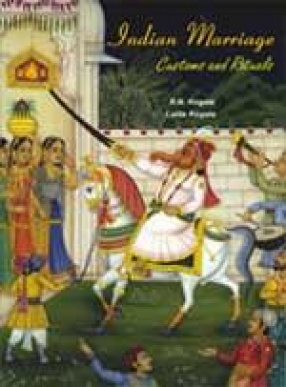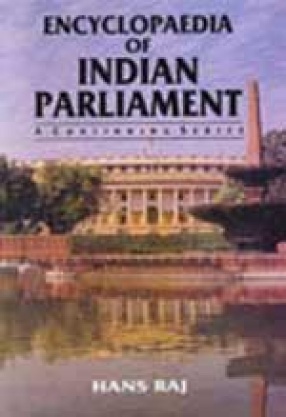Perhaps this is the first ever comprehensive volume which has covered many aspects of the relationship between modernization and fertility. The uniqueness of this study is its incisive and in-depth analysis of the impact of modernization simultaneously with fertility, sex-wise children living, child survival ratio, sex-wise ideal children and the selection of 4 modernity indices (in-house, out-house consumer durables, media exposure and housing quality) one proximate determinant and an attitudinal index for less and more modern segments in rural and urban samples of a more developed state (Maharashtra) and a less developed state (Uttar Pradesh). In the area of the study of the relationship between modernization and fertility, this is the only study which has defined completed and incompleted fertility and came out with a significant finding that the inverse relationship between modernization and fertility is stronger in respect of incompleted fertility. The major and also distinguishable findings which have thrown light on the hitherto unexplored areas are: (i) owing in-house consumer durables has greater influence in suppressing fertility than out-house consumer durables (ii) the inverse relationship between modernization and fertility is stronger in respect of incompleted fertility than completed fertility and (iii) the modernity indices, attitudinal index and the proximate determinant are found to be having varying effect when their influence on fertility was analysed by background variables (place of residence, religion, literacy status and scheduled tribe and non-scheduled tribe population).
The Hour of the Goddess: Memories of Women, Food and Ritual in Bengal
Food constitutes an integral ...
$9.00
$10.00





There are no reviews yet.